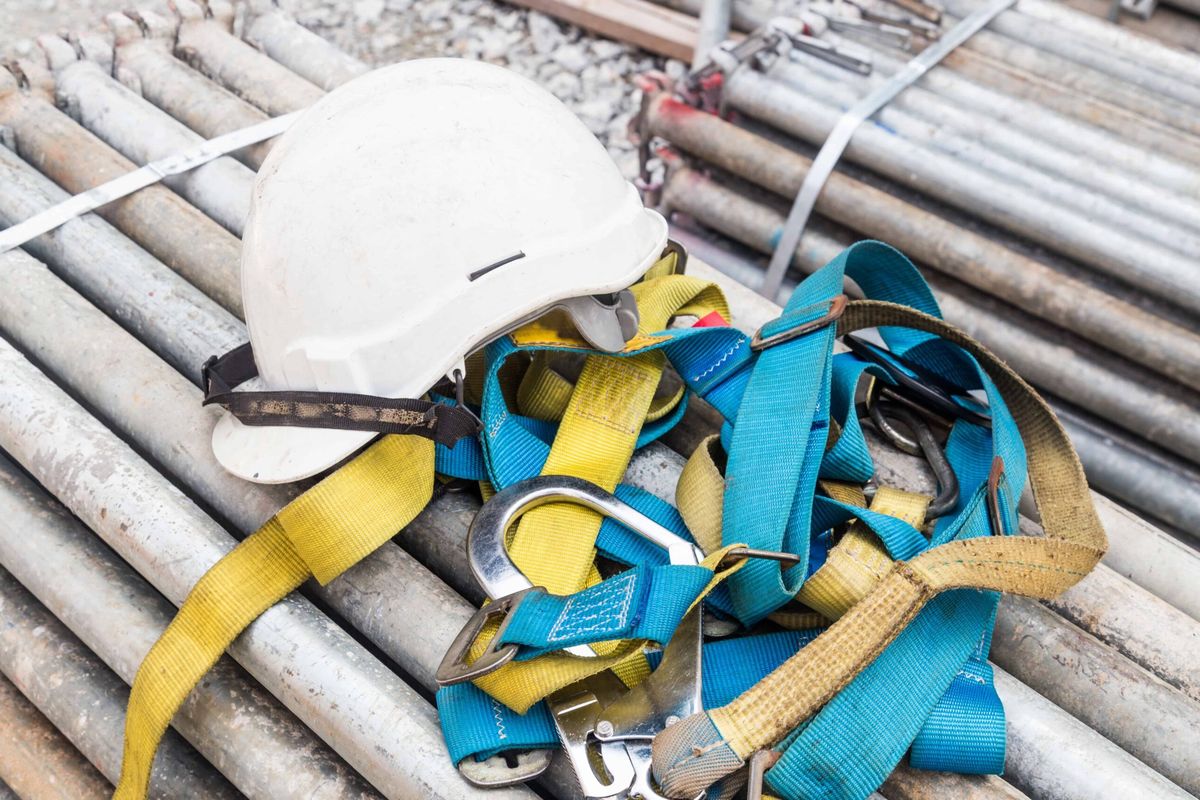Safety in the workplace is paramount, and understanding OSHA 30 standards is crucial for maintaining a secure environment. This quiz will test your knowledge on various aspects of OSHA regulations, ensuring you’re well-versed in the practices that keep workplaces safe. Let‘s dive into these questions and see how much you know about OSHA 30 standards!
We recommend that you do not leave the page that you are taking this quiz in. Stay honest 🙂
OSHA 30 Quiz Questions Overview
1. What does OSHA stand for?
Occupational Safety and Health Administration
Occupational Safety and Health Association
Occupational Safety and Health Alliance
Occupational Safety and Health Agency
2. Which of the following is NOT a responsibility of employers under OSHA?
Provide a workplace free from serious recognized hazards
Comply with OSHA standards
Provide safety training in a language workers understand
Pay for workers’ personal expenses
4. Which of the following is a type of OSHA violation?
Willful
Unintentional
Accidental
Involuntary
5. What is the maximum penalty for a serious OSHA violation?
$7,000 per violation
$10,000 per violation
$12,675 per violation
$15,000 per violation
6. Which OSHA form is used for recording work-related injuries and illnesses?
OSHA Form 300
OSHA Form 301
OSHA Form 300A
OSHA Form 200
7. What is the primary purpose of OSHA’s General Duty Clause?
To ensure employers provide a safe workplace
To regulate employee behavior
To enforce environmental standards
To manage employee benefits
8. Which of the following is NOT required on an OSHA-compliant safety data sheet (SDS)?
Chemical properties
Handling and storage instructions
Personal health history
First-aid measures
9. What does the acronym PPE stand for in OSHA regulations?
Personal Protective Equipment
Personal Performance Evaluation
Public Protection Effort
Professional Protective Equipment
10. How often must employers review and update their emergency action plans?
Annually
Every 2 years
Every 5 years
Whenever there is a significant change
11. What is the main focus of OSHA’s Bloodborne Pathogens standard?
To protect workers from infectious diseases
To regulate chemical exposure
To ensure proper machine guarding
To manage ergonomic hazards
12. Which of the following is NOT a component of the OSHA inspection process?
Opening conference
Walkaround inspection
Employee interviews
Employer financial audit
13. What is the purpose of OSHA’s Lockout/Tagout standard?
To control hazardous energy during maintenance
To regulate noise levels
To ensure proper ventilation
To manage chemical spills
14. Which of the following is required for a confined space to be classified as a permit-required confined space?
Contains a hazardous atmosphere
Is large enough for an employee to enter
Has limited or restricted entry or exit
All of the above
15. What is the primary goal of OSHA’s Fall Protection standard?
To prevent falls from heights
To regulate chemical exposure
To ensure proper machine guarding
To manage noise levels
16. Which OSHA standard addresses the use of personal protective equipment (PPE) in the workplace?
1910.132
1910.120
1910.134
1910.146
17. What is the purpose of OSHA’s Machine Guarding standard?
To protect workers from moving parts
To regulate chemical exposure
To manage noise levels
To ensure proper ventilation
18. Which of the following is NOT a requirement for an effective safety and health program?
Management leadership
Worker participation
Regular financial audits
Hazard identification and assessment
19. What does the acronym HAZWOPER stand for?
Hazardous Waste Operations and Emergency Response
Hazardous Waste Operations and Environmental Protection
Hazardous Waste Operations and Employee Protection
Hazardous Waste Operations and Equipment Response
20. What is the primary purpose of OSHA’s Respiratory Protection standard?
To protect workers from inhaling harmful substances
To regulate chemical spills
To ensure proper machine guarding
To manage ergonomic hazards
21. Which of the following is NOT an element of an OSHA-compliant emergency action plan?
Emergency escape procedures
Procedures for employees who remain to operate critical operations
Regular financial audits
Procedures to account for all employees after evacuation
We recommend that you do not leave the page that you are taking this quiz in. Stay honest 🙂
Can Your Friends Do Better Than You in This Quiz?
Share this quiz with your friends and compare results.
Was this page helpful?
More Popular Career Quizzes:
-
Customer Service Quiz
-
Career Change Quiz
-
Mechanic Quiz
-
Navy Career Quiz
-
Career Quiz
-
Workplace Appreciation Quiz











